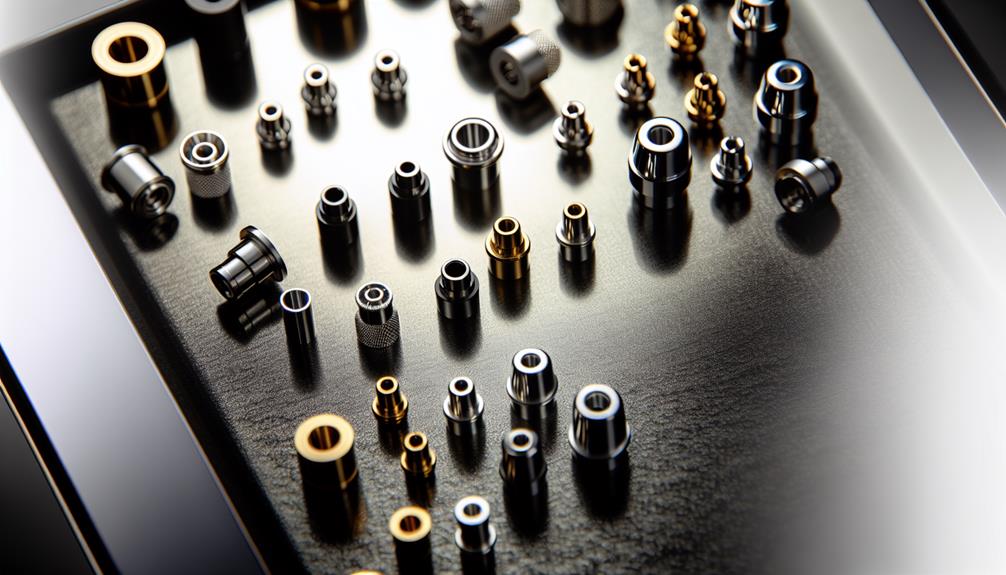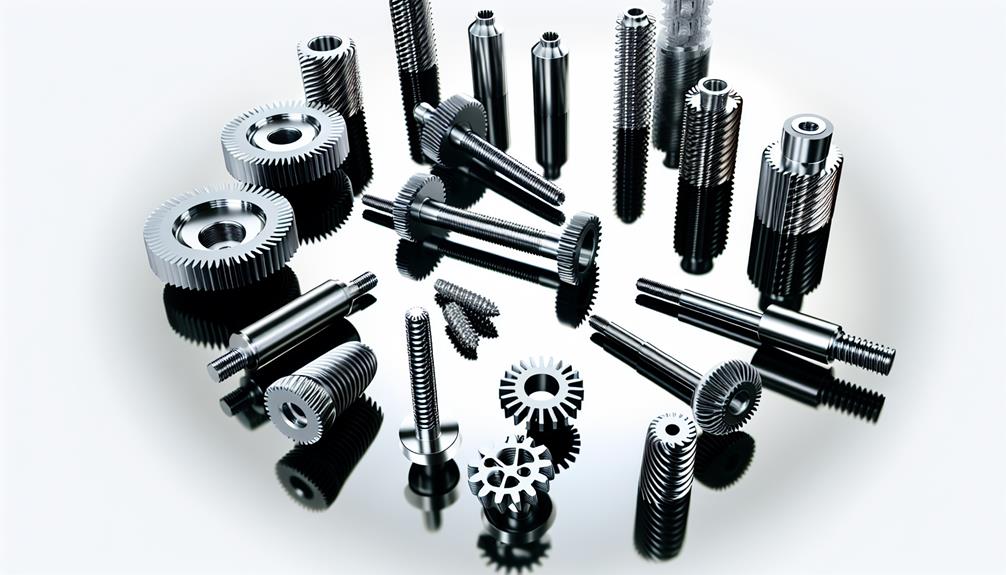Perfect Hole Size for Self Tapping Screw
The correct hole size is crucial for the successful use of self-tapping screws. This article aims to provide a comprehensive guide on determining the perfect hole size for these types of screws.
By understanding the benefits, factors, and common mistakes associated with hole size selection, readers will be equipped with the necessary knowledge to achieve optimal results.
Additionally, this article will offer step-by-step instructions and recommended hole sizes for different self-tapping screw types. Strategies and tips for achieving an ideal hole size will also be explored.
Key Takeaways
- Using the correct hole size ensures efficient and effective installation of self-tapping screws.
- Factors such as material hardness and screw diameter should be considered when determining the appropriate hole size.
- Common mistakes to avoid include choosing a hole size that is too small or too large, neglecting variations in material hardness, and failing to adjust hole diameter based on material type.
- To find the perfect hole size, one should identify the material, consider its hardness, take into account desired thread engagement, calculate the hole diameter using recommended charts, and follow manufacturer guidelines for optimal pilot hole sizes.
1. Benefits of Using the Correct Hole Size
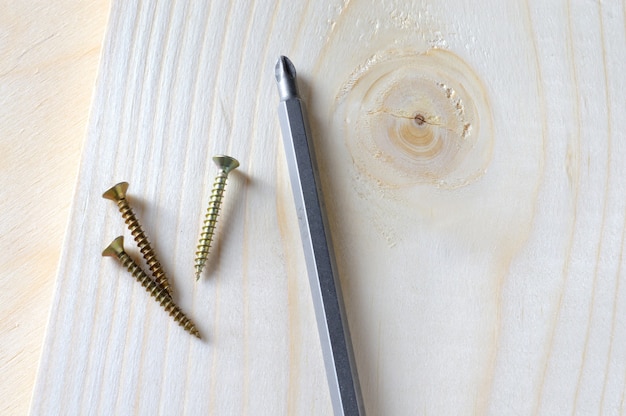
The correct hole size offers several advantages when using self-tapping screws. One of the primary benefits is that it allows for efficient and effective installation. When the hole size matches the recommended diameter for the screw, it ensures a proper fit between the threads of the screw and the material being fastened. This tight fit enhances stability and prevents loosening or stripping of the connection over time.
Additionally, using the correct hole size promotes optimal thread engagement. The threads on self-tapping screws are designed to create their own mating threads within a material as they are driven in. With an appropriately sized hole, this process is facilitated, resulting in reliable and strong connections.
Furthermore, having the right hole size minimizes stress on both the screw and the material. If the hole is too small, excessive force may be required to drive in the screw, leading to potential damage or breakage. On the other hand, if the hole is too large, there may be insufficient material contact for adequate load-bearing capacity.
Considering these advantages emphasizes that determining an appropriate hole size is crucial when working with self-tapping screws. By understanding various factors that influence this decision-making process, one can ensure optimal performance and longevity of connections without compromising integrity or functionality.
2. Factors to Consider When Determining Hole Size
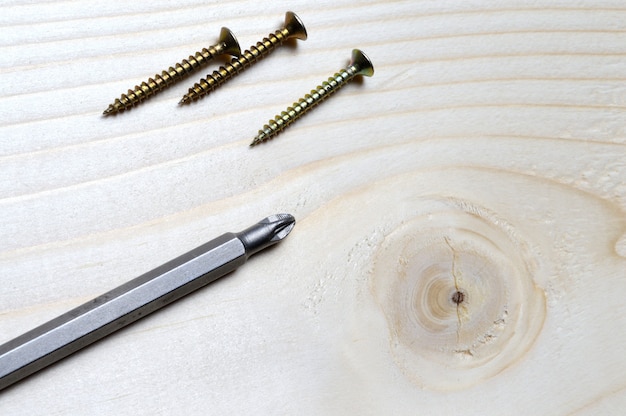
One important consideration when determining the appropriate hole size for a self-tapping screw is to evaluate the compatibility between the screw and the material in order to ensure optimal performance. This involves taking into account several factors:
- Material hardness:
- Harder materials require larger hole sizes to accommodate the self-tapping action of the screw.
- Softer materials may require smaller hole sizes to provide sufficient thread engagement.
- Screw diameter:
- The diameter of the screw should be matched with an appropriately sized hole to allow for proper insertion and threading.
- Using a hole that is too small can cause difficulties in starting or threading the screw, while a hole that is too large may result in reduced holding power.
Considering these factors will help determine an appropriate hole size that allows for effective self-tapping without compromising structural integrity or functionality. It is crucial to strike a balance between providing enough room for easy insertion and threading, while also ensuring sufficient engagement and grip.
3. Common Mistakes to Avoid When Choosing Hole Size

Transitioning into the topic of common mistakes to avoid when selecting the appropriate hole diameter for a self-tapping screw, it is crucial to consider factors such as material compatibility and screw dimensions in order to ensure optimal performance and avoid potential issues.
One common mistake is choosing a hole size that is too small. This can lead to difficulty in inserting the screw, resulting in stripped threads or even breakage of the screw. On the other hand, selecting a hole size that is too large can compromise the integrity of the joint by reducing thread engagement and potentially causing loosening over time.
Another mistake to avoid is neglecting to account for variations in material hardness. Different materials require different hole sizes due to their varying levels of hardness and ability to accept threads. Failure to adjust the hole diameter accordingly can result in poor thread formation or insufficient grip between the screw and material.
Additionally, it is important not to overlook the importance of accurately measuring the dimensions of both the screw and its corresponding pilot hole. Inaccurate measurements can lead to improper fitment, which may compromise structural integrity or create difficulties during assembly.
4. Step-by-Step Guide to Finding the Perfect Hole Size

To determine the appropriate diameter for a pilot hole when using a self-tapping screw, a step-by-step guide will be presented, focusing on key considerations and calculations involved in this process.
- Identify the material: Determine the type of material you are working with, such as wood, metal, or plastic. Each material has different characteristics that affect the required hole size.
- Material hardness: Consider the hardness of the material. Harder materials may require larger pilot holes to prevent splitting or cracking.
- Thread engagement: Take into account the desired thread engagement. The depth to which the screw should penetrate can vary based on factors such as load-bearing capacity and structural integrity requirements.
- Calculate hole diameter: Once you have identified the material and determined its characteristics, refer to a recommended hole size chart provided by screw manufacturers. These charts specify appropriate pilot hole diameters based on screw size and material type.
By following these steps and considering material properties along with recommended guidelines from manufacturers, optimal pilot hole sizes can be determined for various self-tapping screws without compromising structural integrity or causing damage during installation.
Next, we will explore recommended hole sizes for different self-tapping screw types.
5. Recommended Hole Sizes for Different Self Tapping Screw Types
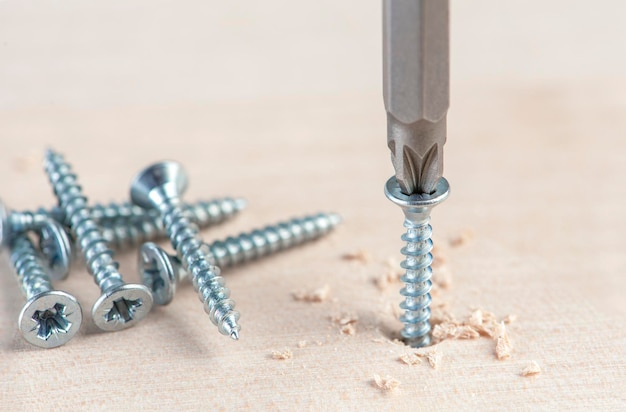
Different types of self-tapping screws have recommended hole sizes that vary based on factors such as screw size and material type, which should be considered to ensure proper installation and structural integrity. The correct hole size is crucial for the successful use of self-tapping screws, as it affects the ability of the screw to tap into the material securely without causing damage or compromising its strength.
One important factor in determining the appropriate hole size is the diameter of the screw itself. Smaller screws generally require smaller holes, while larger screws need correspondingly larger holes. Additionally, different materials may require different hole sizes to accommodate variations in hardness and density. For example, softer materials like wood may necessitate a slightly larger hole compared to harder materials like metal.
Another consideration when determining hole size is the pitch of the screw's threads. Coarser threads typically require larger pilot holes than finer threads, as they need more space to tap properly into the material. It is also essential to take into account any coatings or surface treatments on both the screw and material, as these can affect their interaction and thus influence the optimal hole size.
Determining the recommended hole sizes for different types of self-tapping screws involves considering various factors such as screw diameter, material type, thread pitch, and surface treatments. Achieving optimal hole size requires careful assessment and adherence to specific guidelines provided by manufacturers or industry standards. By following these recommendations accurately, users can ensure proper installation and maximize structural integrity without jeopardizing efficiency or performance.
6. Tips and Tricks for Achieving Optimal Hole Size
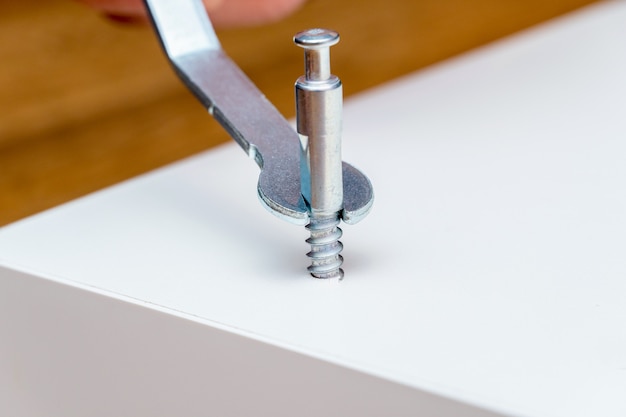
A key consideration in determining the appropriate hole size for self-tapping screws is evaluating the factors of screw diameter, material type, thread pitch, and surface treatments. These factors play a crucial role in achieving optimal hole size and ensuring the successful installation of self-tapping screws.
Factors to consider when determining hole size for self-tapping screws include:
1. Screw Diameter:
- The diameter of the screw should be matched with an appropriate hole size to ensure proper engagement and prevent stripping or damage.
- It is important to select a hole that provides enough clearance for easy insertion without compromising the structural integrity.
2. Material Type:
- Different materials have varied hardness levels, which can affect the required hole size.
- Softer materials may require larger holes to accommodate easier penetration, while harder materials might need smaller holes to provide sufficient resistance for threading.
Thread Pitch and Surface Treatments are also significant considerations when determining the appropriate hole size for self-tapping screws. By evaluating these factors thoroughly, one can achieve optimal results in terms of durability and functionality.
More Information about Screws from Mikehardware
In conclusion, using the correct hole size when working with self-tapping screws is crucial for achieving optimal results. Factors to consider include the screw type, material being drilled into, and desired level of tightness.
Common mistakes to avoid include using a hole that is too small or too large, which can lead to stripping or loose connections. By following a step-by-step guide and referring to recommended hole sizes for different screw types, one can ensure a perfect fit.
Interestingly, studies have shown that using an undersized hole can reduce the holding power of self-tapping screws by up to 50%, highlighting the importance of precision in achieving proper functionality.

